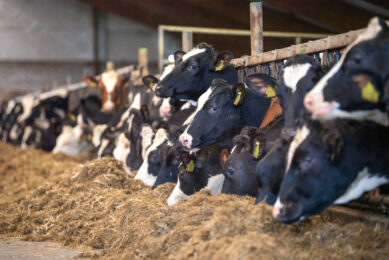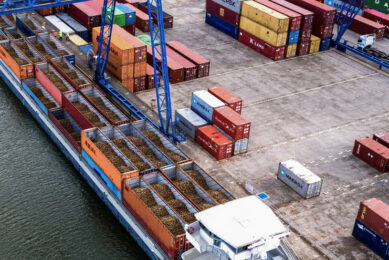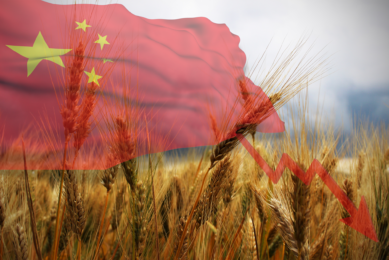Blaming each other for low milk prices

At the moment, several regions around the world are blaming each other for the current low milk prices, seen today in most regions in the world. More specifically, people are pointing a finger at the EU, as they believe that abolishing the milk quota system is seen as the main reason for the milk surplus and hence low milk prices.
In my opinion the surplus of milk is temporary. The trend line in milk production shows a growth of 1.5% to 2% over the past 15 years. Additionally, the demand for milk shows an annual growth of 2%. My question is therefore: Why will this long-term trend line be interrupted now? The surplus in milk in the EU is not even as high as expected: it only amounted to 0.2% in 2015.
Chinese influence on the dairy sector
Ask yourself the following: How do we manage the unexpected and extreme low energy prices that we see today? One thing to consider is the slower pace of growth of the Chinese economy and the influence of that. On top of that, the Chinese government has a new policy saying that nationally produced milk must be preferred by Chinese consumers. The question is whether this is realistic, considering the high cost price of milk production in China and the Chinese consumer demand to only buy safe products and products without antibiotics. I do respect the Chinese government for the way they are handling the slower economy, but regarding the new policy, I do have some questions.
How to handle the low milk prices on our own farms?
Contrary to my earlier expectations, I do think that milk prices will not recover fast in the upcoming months. But will prices recover at the end of the year (Q4)? Outlooks from USDEC and Irish Teagasc are not in line with each other. Rabobank is hesitant in giving forecasts. Nobody seems to know what will happen. But how to handle the low milk prices on our own farms? Blaming others and not doing anything is not an option! Dairy farms can cope with these fluctuating prices by having a solid business plan (which should be common practice I believe). In the Netherlands, less than 10% have such a management tool. Make a calculation for yourself with the ‘worst-case scenario’ in your head. Avoid late payments to your suppliers because you will lose their confidence and potential discounts. With a good liquidity plan you can negotiate much better with the bank. Ask to upgrade your loans and with no extra (blank) credits on your normal bank account because this money is extremely expensive due to the high interest rates.
When your technical results are under control, financers are eager and less hesitant to help you. Ensure that you have enough turnover to cover all your costs. Downsizing your farm is the last option. I advise to create an extra buffer when times are more prosperous. I believe this is better than paying off extra on your loans. If you are not able to realise the above mentioned options, maybe you have to consider whether you want to continue farming. If your payback period is more than 25 years (= time between generation changes) you have to ask yourself: Who is my boss? So in bad times, do not blame others but make your own decisions, make a good plan and follow that strategy.
By Bram Prins
Join 13,000+ subscribers
Subscribe to our newsletter to stay updated about all the need-to-know content in the dairy sector, two times a week.










